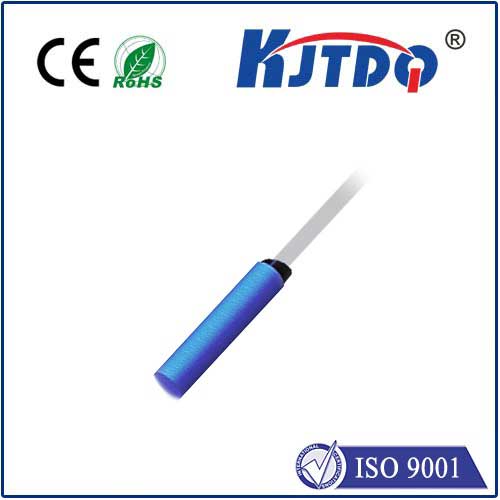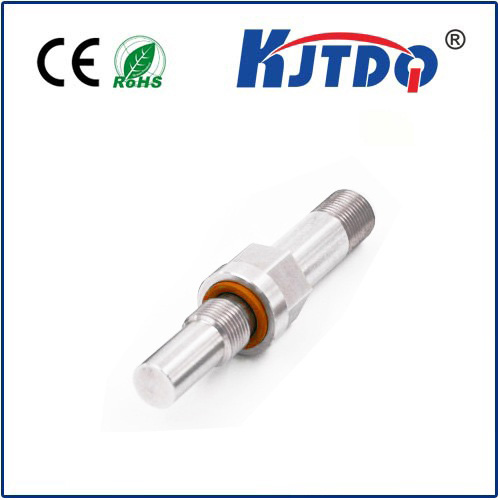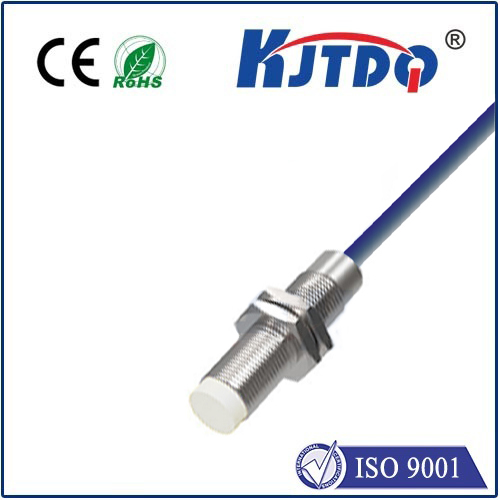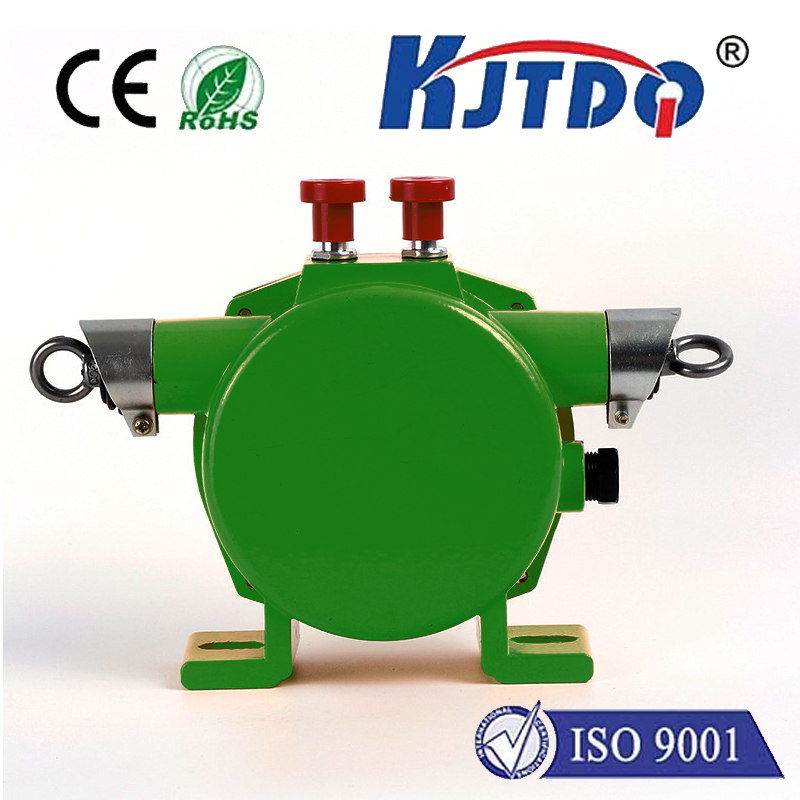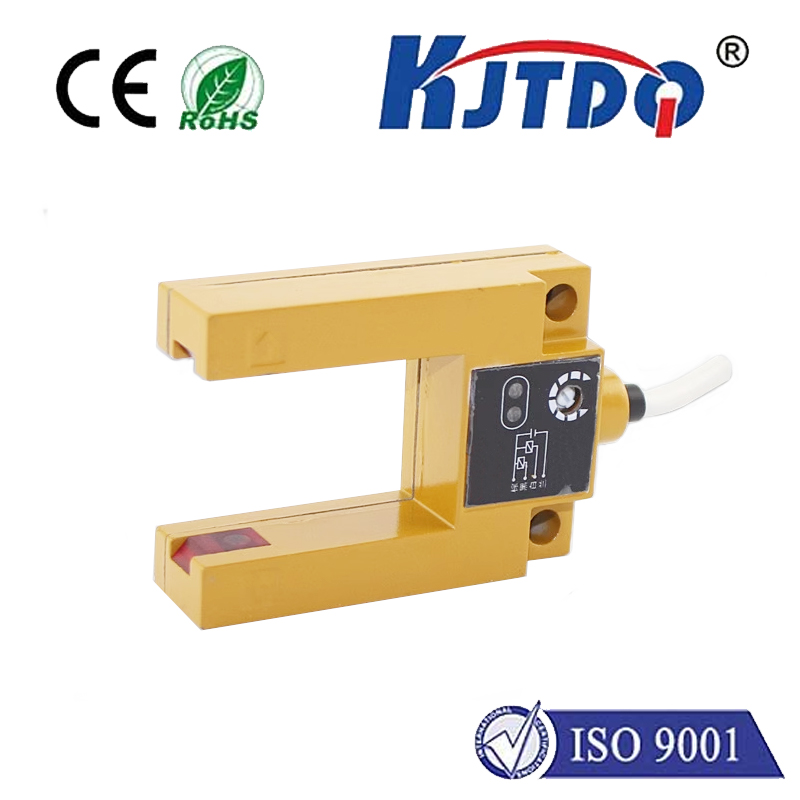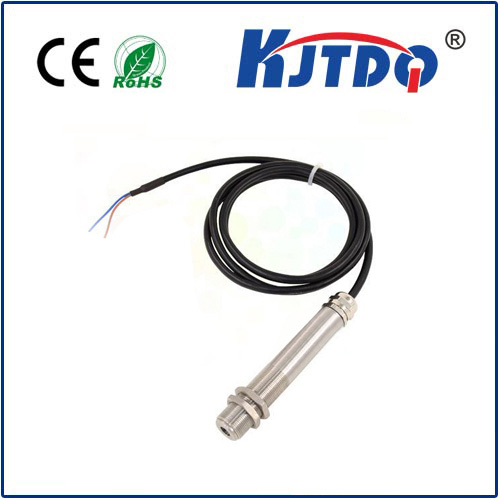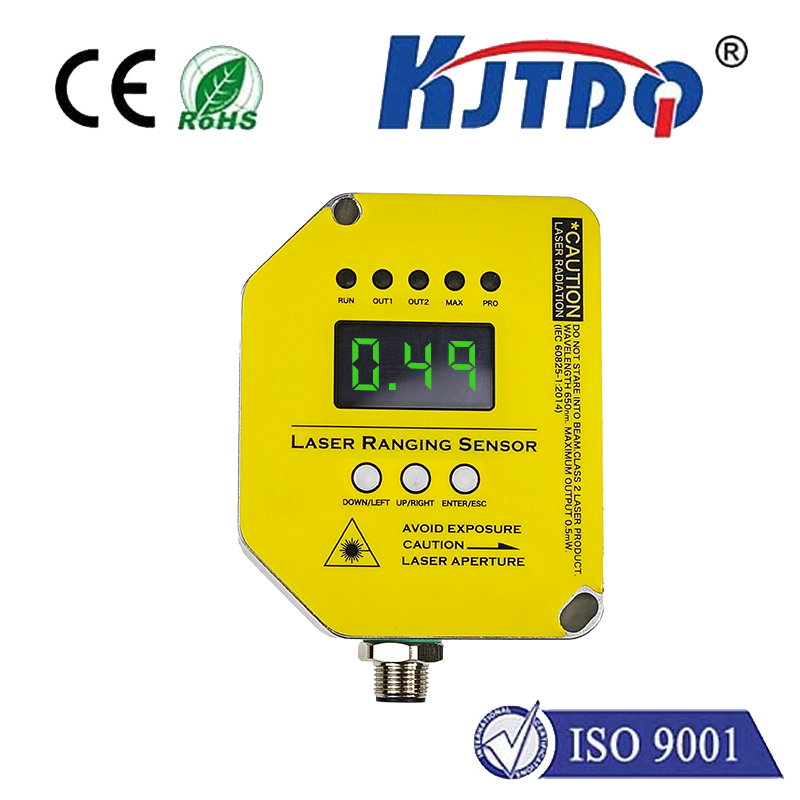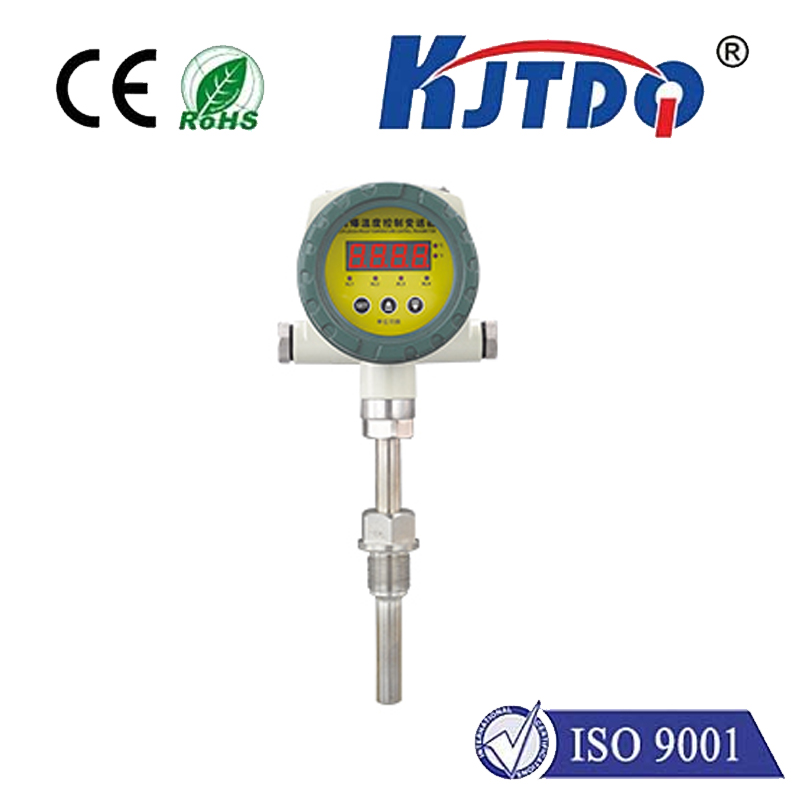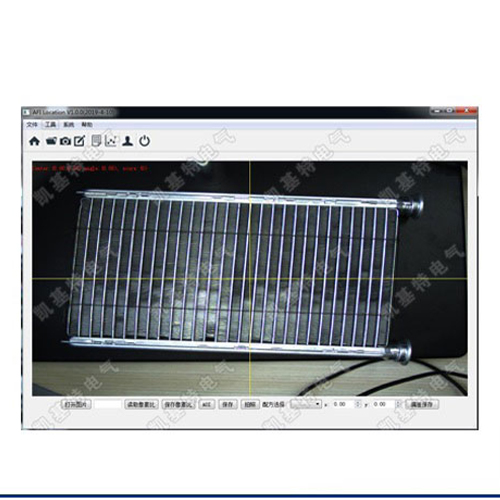ИК - фотоэлектрический выключатель
- time:2025-07-25 01:21:39
- Нажмите:0
Infrared Photoelectric Switches: The Invisible Guardians of Automation
Look around you, right now. From the garage door that safely reverses when your child runs underneath it, to the high-speed packaging line filling your cereal box, to the printer sensing paper jams – countless everyday processes rely on an unseen sentinel: the ИК - фотоэлектрический выключатель. These sophisticated, yet remarkably simple devices form the backbone of non-contact object detection, silently orchestrating safety, efficiency, and precision in our automated world. They are the tireless eyes, often unseen, ensuring machines know what’s there and what isn’t.
Understanding the Core: Light as the Messenger
At its heart, an ИК - фотодатчик operates on a fundamental principle: using light to detect the presence, absence, or position of an object. Unlike mechanical switches that require physical contact, photoelectric switches work remotely. Specifically, they harness infrared light – electromagnetic radiation with wavelengths just longer than visible light, making it invisible to the human eye. This choice offers significant advantages: immunity to ambient visible light interference, excellent beam collimation for precision, and readily available, cost-effective components.
The Essential Components: A Simple Duo, Powerful Results

Every Фотоэлектрический переключатель comprises two critical parts:
- Emitter (IR LED): This component generates the modulated infrared light beam. Modulating the light (rapidly turning it on and off at a specific frequency) is crucial. It allows the receiver to distinguish the signal from stray ambient infrared radiation (like sunlight or heat sources).
- Receiver (Phototransistor or Photodiode): This component is tuned to detect the specific modulated infrared signal emitted by its partner. When the light beam reaches the receiver uninterrupted, it generates an output signal indicating “clear” or “object absent.” When an object interrupts the beam, the receiver signal changes state, indicating “object present.”
How It Works: Broken Beams and Reflected Light
The magic lies in how these components interact, leading to three primary Фотоэлектрический датчик configurations, each suited for different applications:
- Through-Beam (Opposed Mode):
- Principle: The emitter and receiver are housed in separate units, positioned directly opposite each other. The emitter projects the IR beam across a gap towards the receiver.
- Detection: An object is detected when it physically blocks the beam path between the emitter and receiver.
- Преимущества: Longest sensing ranges (up to tens of meters), immune to object color, texture, or reflectivity (only blockage matters), highly reliable.
- Disadvantages: Requires precise alignment of two separate units, higher installation complexity and cost.
- Best For: High-speed counting on conveyors, detecting large objects, precise position sensing over long distances, door safety curtains (e-stop).
- Retroreflective (Reflex Mode):
- Principle: The emitter and receiver are housed in a single unit. A special retroreflector (like a corner cube prism or specialized tape) is mounted opposite the sensor. This reflector sends the emitted beam straight back to the receiver within the same housing.
- Detection: An object is detected when it blocks the beam path between the sensor and the retroreflector.
- Преимущества: Easier installation than through-beam (only one unit to wire, reflector is passive), good sensing range (meters), generally immune to object color (as long as it’s opaque).
- Disadvantages: Requires a clean and properly aligned reflector. Highly reflective or shiny objects can sometimes fool the sensor by reflecting enough light back directly. Sensing range less than through-beam.
- Best For: Pallet detection in warehousing, conveyor belt object presence, machine guarding, detecting objects on transparent surfaces (like glass bottles).
- Diffuse (Proximity Mode):
- Principle: The emitter and receiver are housed in a single unit, aimed in roughly the same direction. The sensor relies on the diffuse reflection of the emitted beam off the surface of the target object itself. The reflected light bounces back to the receiver.
- Detection: An object is detected based on the amount of light reflected back to the receiver. The sensor’s output changes state when sufficient reflected light is detected.
- Преимущества: Simplest installation – only one unit required, no reflector needed. Can detect objects without a background surface.
- Disadvantages: Highly dependent on the target object’s color, texture, and reflectivity. Dark, matte, or absorbent objects reflect less light and are harder to detect. Sensing range is shortest (centimeters to a meter or so). Performance varies significantly with the object type.
- Best For: Detecting objects at close range, presence sensing in bins or feeders, label detection, detecting contrasting colors (e.g., cap on bottle), position verification.
Why Infrared Photoelectric Sensors Reign Supreme
The dominance of infrared photoelectric switches in automation isn’t accidental. They offer a compelling set of characteristics:
- Non-Contact Sensing: Eliminates wear and tear on both the sensor and the target object, enabling incredibly long operational lifespans and maintenance-free operation in many cases. Critical for delicate items or high-speed applications.
- Fast Response Times: Detecting light changes happens almost instantaneously, allowing them to operate reliably in very high-speed processes, counting items zipping by on fast conveyors.
- Long Sensing Ranges: Particularly with through-beam and retroreflective types, they can detect objects over surprisingly large distances, far exceeding the capabilities of most mechanical or capacitive sensors.
- Многогранность: Available in numerous housing styles (cylindrical, rectangular, slot), output configurations (NPN/PNP transistor, relay, analog), and specialized variants (fiber optic versions for tiny spaces, background suppression diffuse for ignoring distant objects) to fit almost any application. Integration with PLCs and control systems is usually very straightforward.
- Reliability: Solid-state construction, sealed housings (many with IP67/IP69K ratings for dust/water resistance), and robust electronics make them ideal for harsh industrial environments – factory floors, washdown areas, dusty warehouses, and outdoor use (with appropriate ratings).
Ubiquitous Applications: Where the Invisible Guards Work
The reach of infrared photoelectric sensors is vast. You’ll find them indispensable across industries:
- Manufacturing & Packaging: Counting products on high-speed lines, detecting bottle caps or labels, verifying presence of components in assembly, triggering filling operations, detecting jams, controlling robotic arm positions, end-of-line packaging verification.
- Material Handling & Logistics: Detecting pallets at conveyor junctions, sensing package presence on sorting belts, triggering automatic doors and gates, monitoring stack heights in automated storage, guiding AGVs (Automated Guided Vehicles).
- Food & Beverage: Ensuring correct lid placement, detecting fill levels in opaque containers, verifying label application on bottles/cans (especially using diffuse-reflective sensors for contrast), detecting products through packaging on lines.
- Automotive: Part presence verification during assembly, robot guidance, door open/close detection, paint booth object sensing, fluid level monitoring in reservoirs (using specialized versions).
- Building Automation & Security: Elevator door safety curtains (often high-safety through-beam arrays), automatic sliding door activation, people counting, intrusion detection beams, garage door safety reversal (essential safety feature).
- Printing & Paper Handling: Jam detection in printers and copiers, paper stack height monitoring, verifying sheet feed

